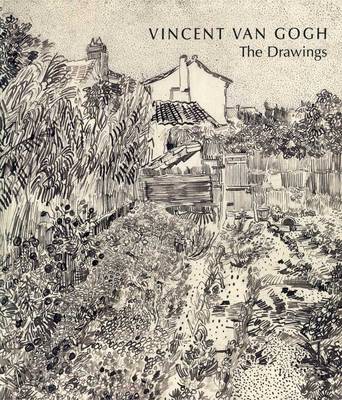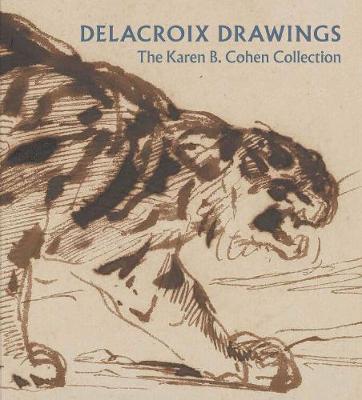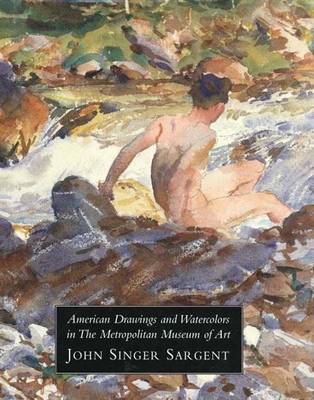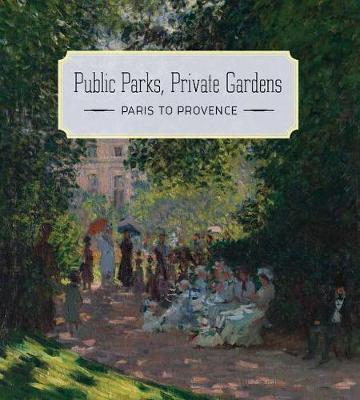Metropolitan Museum of Art
4 total works
Vincent van Gogh
by Colta Ives, Susan Alyson Stein, Sjraar van Heugten, and Marije Vellekoop
Vincent van Gogh (Dutch, 1853-1890) believed that drawing was "the root of everything." A self-taught artist, he succeeded, between 1881 and 1890, in developing an inimitable graphic style. This book traces the artist's successive triumphs as a draftsman, first in the Netherlands and later in France, highlighting the diversity of his technical invention and the striking continuity of his vision. Given the pivotal role drawings played in Van Gogh's artistic conception and the rich dialectic they enjoyed with his oil paintings, a small selection of related canvases by the artist is also featured. This book presents approximately 120 works in charcoal, ink, graphite, watercolor, and diluted oils. The authors explore enduring questions that surround Van Gogh's drawings, including their manufacture, artistic precedents, and contribution to Modernism. In addition, the text discusses the significance of the artist's drawing practice to his development as a painter. The essays and entries were painstakingly researched and provide fresh interpretations of the motivating influences that shaped the artist's contributions to the history of drawing. [This book was originally published in 2005 and has gone out of print. This edition is a print-on-demand version of the original book.]
Published by The Metropolitan Museum of Art / Distributed by Yale University Press
Exhibition Schedule:
The Metropolitan Museum of Art
(07/17/18–11/11/18)
American Drawings and Watercolors in the Metropolitan Museum of Art: John Singer
by Stephanie L. Herdrich, Marjorie Shelley, and John Singer Sargent
The spectacular transformation of Paris during the 19th century into a city of tree-lined boulevards and public parks both redesigned the capital and inspired the era's great Impressionist artists. The renewed landscape gave crowded, displaced urban dwellers green spaces to enjoy, while suburbanites and country-dwellers began cultivating their own flower gardens. As public engagement with gardening grew, artists increasingly featured flowers and parks in their work.
Public Parks, Private Gardens includes masterworks by artists such as Bonnard, Cassatt, Cezanne, Corot, Daumier, Van Gogh, Manet, Matisse, Monet, and Seurat. Many of these artists were themselves avid gardeners, and they painted parks and gardens as the distinctive scenery of contemporary life. Writing from the perspective of both a distinguished art historian and a trained landscape designer, Colta Ives provides new insights not only into these essential works, but also into this extraordinarily creative period in France's history.



